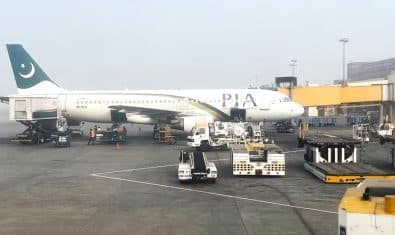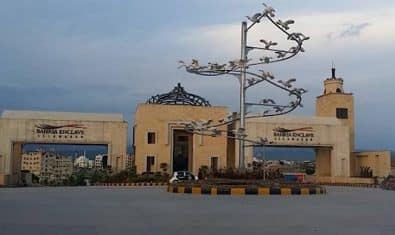The Special Investment Facilitation Council (SIFC) has directed the Water Resources Ministry to submit a comprehensive proposal for crop-wise Abyana (water pricing).
Government aims to cover the operations and maintenance (O&M) expenses of canals and irrigation systems, while also promoting water conservation. Importantly, revenue generated through water pricing by the four federating units would contribute to financing national water projects, including dams, reported a national daily.
SIFC Secretariat officials confirmed the directive, stating that the Water Resources secretary has been tasked with formulating a rational irrigation water pricing mechanism. The proposal is expected to incorporate inputs from the chief secretaries of the four provinces.
According to high-ranking ministry officials, a conservative estimate suggests that implementing a rational pricing mechanism could generate Rs. 300-325 billion in revenue which could be utilized for the maintenance and enhancement of provincial irrigation systems, as well as funding future national water projects, including dams.
Previously, the Water Resources Ministry proposed a plan wherein provincial governments would implement a rational water pricing mechanism. This approach would not only support the upgrading of provincial irrigation systems, such as canal lining for efficient water distribution but also provide financing for national water projects.
Water Resources Ministry has also requested the World Bank to conduct a study on water pricing mechanisms in Pakistan. This request was communicated through a letter to the Economic Affairs Division (EAD), aiming to engage the World Bank in this crucial endeavour.
The move to establish a rational pricing mechanism comes at a time when the federal government faces financial constraints, making it challenging to allocate funds for vital sectors such as health, education, communication, and housing. The proposed plan addresses the fiscal limitations by relying on revenue generated through water pricing.
Currently, the annual water pricing stands at Rs. 80 per acre in the Kharif season and Rs. 125 in the Rabi season. However, some provinces, like Khyber-Pakhtunkhwa and Punjab, charge water prices up to Rs. 400 per acre annually in specific areas. The officials noted that the average water price in the country ranges from Rs. 125-200 per acre annually.
To align with recommendations from the 2012 task force on water, which proposed pricing surface water at $25-$80 per acre, officials suggested that charging a minimum of $25 (Rs. 7,000) per acre annually from farmers could potentially generate revenue of Rs. 300-325 billion, considering Pakistan’s 45 million acres of agricultural land.
Despite the approval of the National Water Policy by the Council of Common Interests (CCI) in 2018, the provincial irrigation departments have not consistently implemented the required prices for surface water from larger farmers.






















Govt should have to make the policy for canal water for formers on equal share then move to fix the canal water rate (Abyana). ADBP already funded the E Abyana system. Revenue of Irrigation tottly base Abyana. But there is too much less employee are working in revenue wing in Irrigation. There is no permotion policy for then. Executive wing is discriminating of revenue wing. First it should be stop and stop to make the discrimination. Then make water policy and fix the water rate according to the market rate then govt can earn a huge revenue from there and fix some portion of revenue for infrastructure development and revenue development.
Good to write down on papers and draw salaries without any implementation
Since last about 40 years cleaning of small canals is being ignored .All the money allotted most probably is going in the pockets of officers .
In 1960 s the overseas and other officers used to tour the canals but now they even do not move out of their offices to supervise.
This is not the right sequence of reforms. Improve the irrigation system first, then ask for more abiyanba.
Current irrigation water distribution is highly unequal between the head and the tail reaches of distributaries, and water courses. There are considerable differences in water allowances across csnals. The water delivery leaves much to be desired in terms of it’s timeliness. Rent seeking, theft if water, and corruption are rampant.
Unless delivery of water services is improved, farmers will oppose the increase. So before we get the prices right, improve the irrigation water delivery.